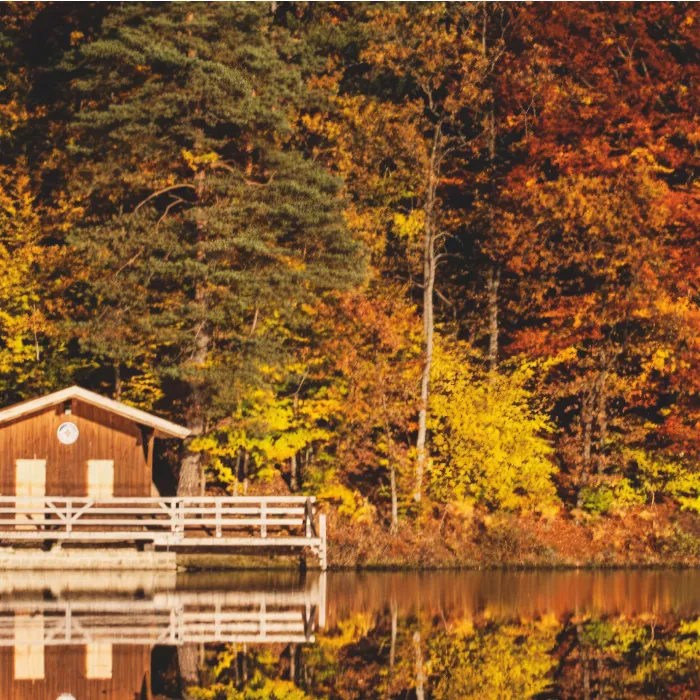The world of digital photography is often dominated by a single buzzword: resolution. The question of megapixels seems omnipresent, but what really lies behind this buzzword? Why is resolution not the most important metric for your photography? In this guide, you will learn how to accurately assess camera resolution and which factors are more important to achieve top-notch images.
Key takeaways
- High resolution is only beneficial if the entire camera system – including the lens – is of high quality.
- The sensor size plays a crucial role in image quality and noise behavior, regardless of the megapixel count.
- In the realm of hobby photography, a lower megapixel count might often suffice if the other factors align.
Step-by-step guide to assessing camera resolution
Step 1: What is resolution?
The resolution of a camera is measured in megapixels. Each megapixel corresponds to one million pixels that make up a digital photo. For example, a camera with 8 megapixels has about 8 million pixels. However, this number is only an indicator of the potential detail accuracy of an image.
Step 2: The significance of pixels
Each individual pixel is defined by brightness and color. Essentially, it is believed that more pixels guarantee better image quality. However, there are limitations: The quality of the entire camera system is as important as the resolution itself.
Step 3: The influence of the lens
If the lens is of poor quality, it cannot adequately reproduce the high-resolution images from a camera. A bad lens lets the details that your high-resolution sensor could capture simply go to waste. It is therefore crucial that you consider the right lens when buying a camera.
Step 4: Pixels and image quality
The more pixels are packed into the sensor area, the smaller each individual pixel becomes. Smaller pixels mean less light is captured, possibly resulting in higher image noise. This leads to poorer image quality, especially in low light conditions.

Step 5: Comparing cameras
It is quite possible for a compact camera with 12 megapixels to take better pictures than a DSLR with a poor-quality lens. Therefore, do not blindly trust the megapixel count. Test the camera in various real-world scenarios and pay attention to the resulting images.
Step 6: Sensor size and image noise
The sensor size is a crucial factor for image quality. A small sensor with many megapixels can lead to significant image noise at higher ISO settings. A camera with fewer megapixels but a larger sensor can often be the better choice.
Step 7: The importance of a good display
When viewing your images on a screen, you can better assess the differences in image quality. Pay attention to how the details look on a larger screen. An image that looks good on small displays can appear completely different on larger screens.
Step 8: Deciding on the right equipment
Consider what type of photography you want to do. In many cases, a camera with fewer megapixels is sufficient as long as the quality of the sensor and lens is right. If you plan to make larger prints, check the image quality first.

Step 9: Choose your style
It's not just about how many pixels your camera has. Counting megapixels is not decisive for how good an image actually is. Instead, think about what type of photos you want to take and how the equipment supports that.
Summary – Accurately assessing digital cameras
When buying a digital camera, it is important to consider the resolution in the context of the entire system. A high-resolution sensor is of little value if the lens does not match its capabilities. You should evaluate image quality based on the entire camera setup and not just focus on the megapixel count.
Frequently Asked Questions
How important is resolution for image quality?Resolution is just one factor; the quality of the lens and the sensor size are also crucial.
Can a compact camera take better pictures than a DSLR?Yes, if the DSLR has a low-quality lens, the compact camera with a better lens can be superior.
What is image noise, and how is it caused?Image noise occurs when the signal from a small sensor is electronically amplified to compensate for a lack of light.
Why is sensor size important?A larger sensor can capture more light, improving image quality and reducing image noise.
How can I assess my camera's image quality?The best way is to view the images on a large monitor or print and check the details.


